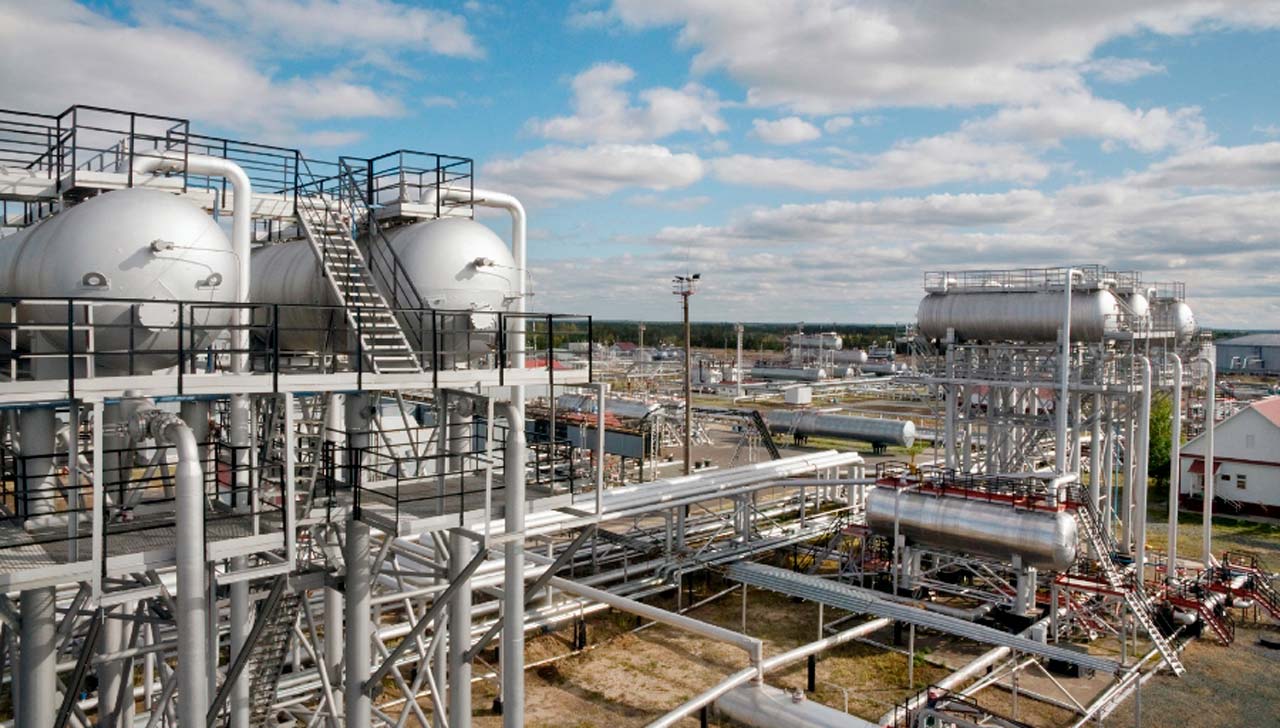Gas distribution installations play a crucial role in delivering natural gas to homes, businesses, and industries. As the demand for clean and efficient energy sources continues to rise, advancements in gas distribution technologies have become paramount. This article explores the latest innovations in Concentrateur d’oxygène that contribute to safety, efficiency, and environmental sustainability.
- Smart Metering and Monitoring:
One of the significant advancements in gas distribution installations is the integration of smart metering and monitoring systems. Smart meters provide real-time data on gas consumption, enabling both consumers and providers to track usage patterns and identify potential leaks promptly. These devices enhance safety by detecting anomalies and ensuring quick response to any irregularities.
- Leak Detection Technologies:
The development of advanced leak detection technologies is transforming the safety landscape of gas distribution installations. Traditional methods relied on periodic manual inspections, but today’s systems utilize sophisticated sensors and artificial intelligence algorithms to detect leaks in real-time. These technologies enhance the proactive management of gas infrastructure, minimizing the risk of accidents and environmental impact.
- Remote Valve Control:
Remote valve control systems are revolutionizing the way gas distribution networks are managed. These systems allow operators to remotely open, close, or adjust valves, providing a more flexible and responsive approach to network management. In case of emergencies or routine maintenance, operators can remotely control valves, reducing the need for physical intervention and minimizing downtime.
- Composite Materials for Pipelines:
The traditional materials used in gas pipelines, such as steel, are being replaced with advanced composite materials. These materials offer improved corrosion resistance, reduced maintenance costs, and increased durability. Additionally, composite pipelines are lighter and easier to install, contributing to more efficient and cost-effective gas distribution installations.
- Microgrid Integration:
Gas distribution installations are increasingly being integrated into microgrid systems, allowing for better energy management and grid resilience. Microgrids enable local energy generation, storage, and distribution, providing a reliable energy source in the event of disruptions to the main grid. Gas distribution networks, when incorporated into microgrids, contribute to a more decentralized and resilient energy infrastructure.
- Automation and Robotics:
Automation and robotics are streamlining the construction, maintenance, and inspection processes of gas distribution installations. Drones equipped with sensors can efficiently inspect pipelines, while robotic systems can perform maintenance tasks in challenging environments. These technologies not only enhance safety by reducing the need for human intervention in hazardous conditions but also improve the overall efficiency of gas distribution systems.
Conclusion:
The evolution of gas distribution installations is marked by a commitment to safety, efficiency, and sustainability. From smart metering and leak detection to the integration of composite materials and automation, these innovations are shaping a future where natural gas remains a vital component of the global energy mix.



